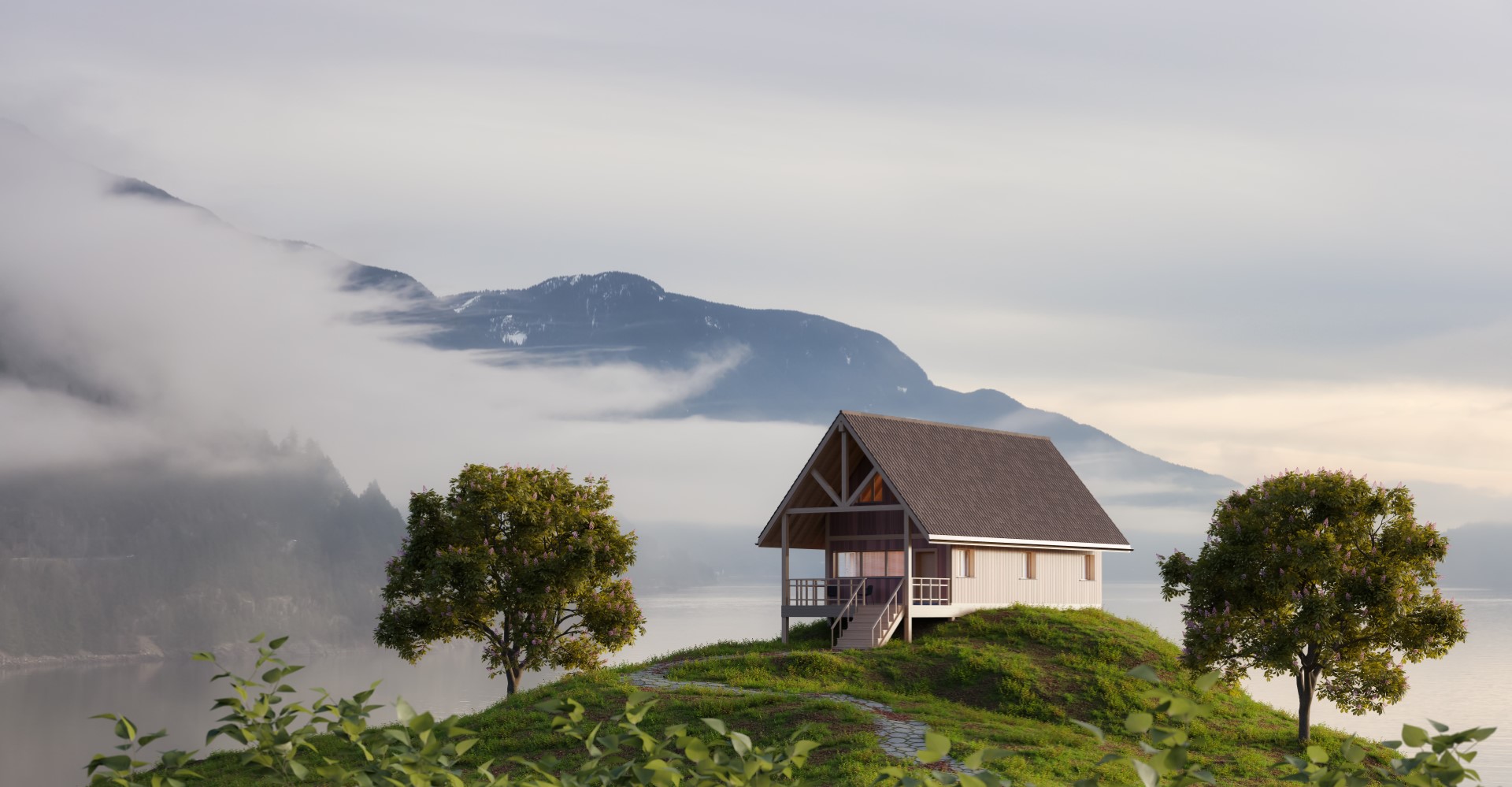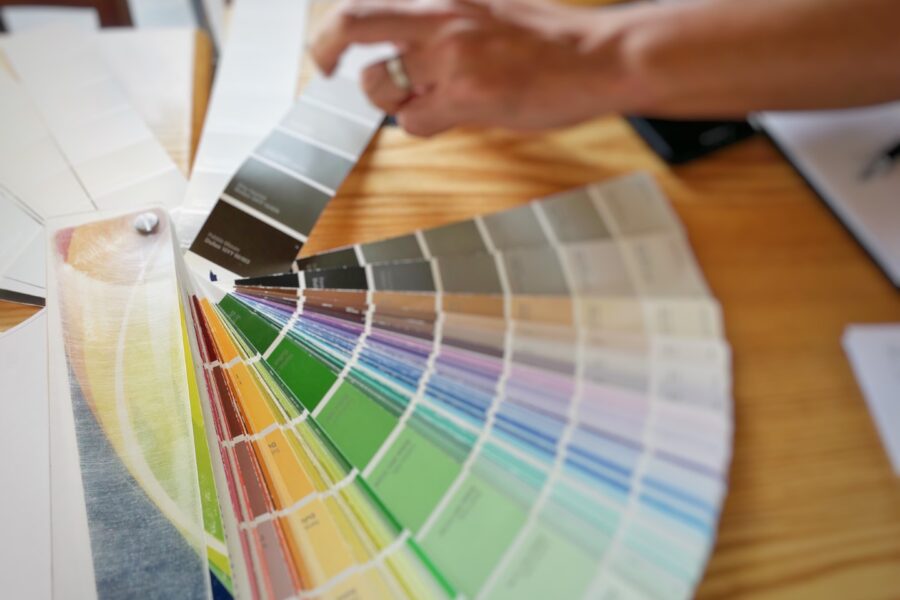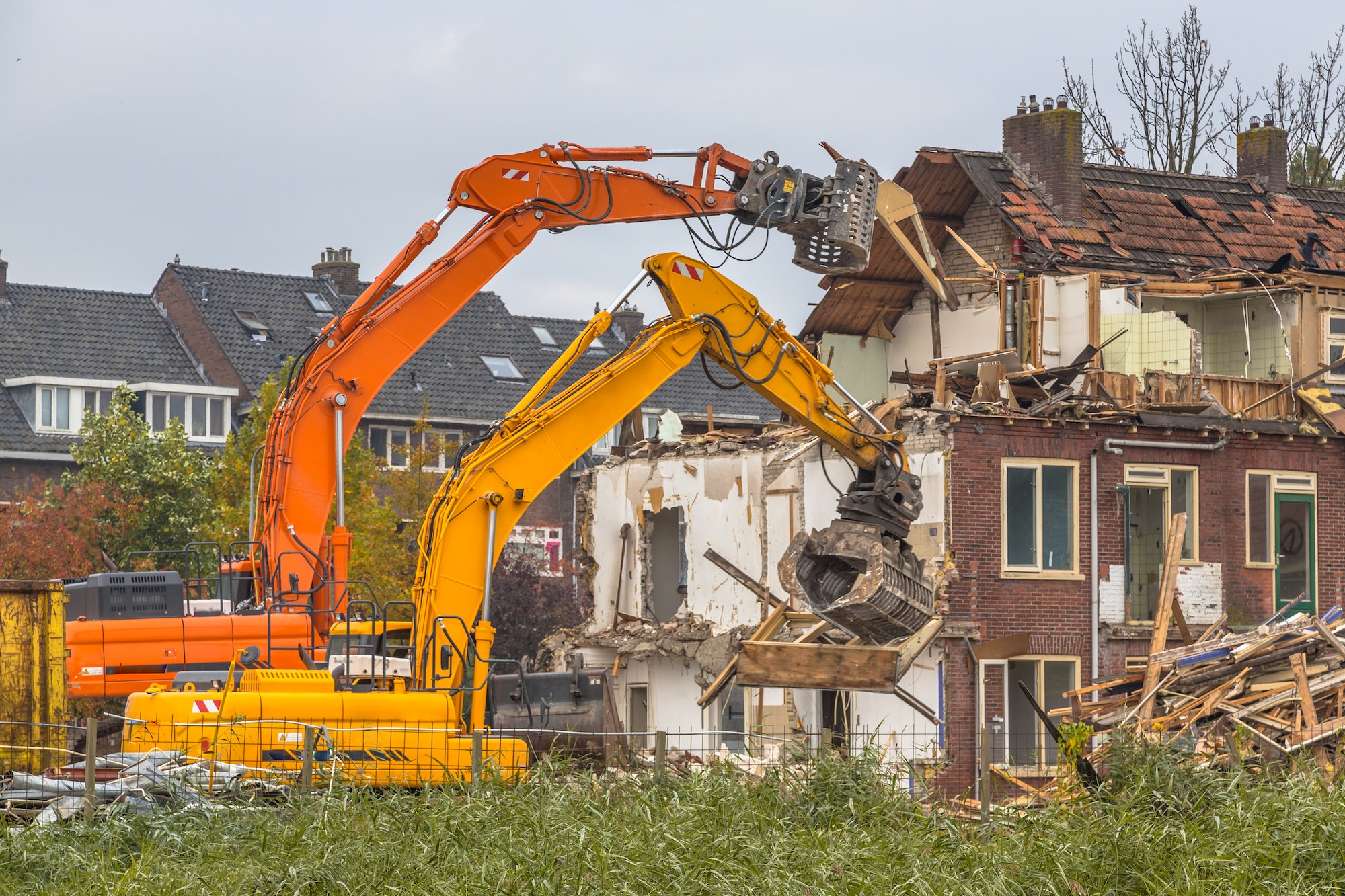Building a home is one thing – but building a mountain home is different. A mountain home has a very particular vibe and serves a distinct purpose. You want it to be a relaxing sanctuary away from the hustle and bustle of modern life.
Yet, you still want the luxuries and amenities that make a house a home. Combining this into one unique design can be challenging and must be done by a skilled custom home builder.
6 Helpful Tips to Guide You
The great thing about building a custom mountain home is that you get the opportunity to make it your own. There are no rules or requirements – as long as your builder tells you it’s possible, you can make it happen.
With that being said, there are some helpful tips to consider and live by as you enter into this process. Here are six that stand out:
- Select the Perfect Orientation
The location and orientation of your mountain home on the lot are extremely important. This isn’t just about the view – though waking up to a stunning mountain vista is certainly a perk. It’s also about maximizing natural light, ensuring energy efficiency, and blending in with the surrounding landscape.
Consider the path of the sun across the sky and how it interacts with your property. An ideal orientation will capture the warmth of the morning sun, especially in cooler mountain climates, and provide natural lighting throughout the day, reducing the need for artificial light.
- Choose Durable and Natural Materials
The materials you select should reflect the goals of resilience and beauty with the natural surroundings. Mountain homes benefit from using natural, sturdy materials that can withstand the elements while aging gracefully. Stone, wood, and glass are popular choices, offering durability against the mountain weather and blending in with the landscape.
For example, a stone fireplace can serve as a cozy focal point in your living room, while expansive glass windows frame the outdoors and bring in lots of natural light. (However, you also have to consider how lots of windows can also increase the transfer of colder temperatures into the home and allow heat to be released. So, it’s always a delicate balance between natural light and energy efficiency.)
- Opt for an Intuitive Floor Plan
The floor plan of your mountain home should cater to whatever mountain lifestyle you’re aiming for. For most people, a flowing interior that’s easy to navigate is ideal. You may also consider incorporating large, communal areas that encourage gathering and hanging out, while ensuring private spaces like bedrooms and studies offer some seclusion. A well-thought-out floor plan will ensure your property meets a variety of needs. (This is important whether you’re using it as a primary resilience, a vacation home, or even a rental property.)
- Collaborate with an Experienced Builder
The complexity of building in mountainous terrain really does necessitate the expertise of a skilled custom home builder who specializes in mountain properties. This kind of builder will be familiar with the challenges and opportunities of the local environment.
From navigating local building codes to understanding the nuances of the terrain, an experienced builder is worth his weight in gold. He’ll provide insights into sustainable building practices, recommend materials that complement the landscape, and make sure that your home isn’t just gorgeous – but that it’s also structurally sound for the native environment.
It’s highly recommended that you work with a local builder, not a national company. For example, in Whistler, you wouldn’t want to build a custom home with a run-of-the-mill national builder. Instead, you want a Whistler custom home builder with years of experience and a deep portfolio of past projects in the area.
- Incorporate Clever Features and Amenities
It’s okay to embrace the rustic components of living in the mountains, but don’t shy away from integrating modern luxuries and features that make the property comfortable and functional.
Heated floors are a great addition, providing warmth on those chilly mountain mornings. A well-designed mudroom also serves as the perfect transition space for shedding coats, boots, and gear after a day outdoors. Other features to consider might include energy-efficient appliances, smart home technology, and sustainable energy sources like solar panels, which give you more control over your utilities.
- Prioritize Outdoor Living Spaces
Your mountain home should extend seamlessly into the outdoors, providing space to relax and entertain while enjoying the views. Decks, patios, and balconies can serve as outdoor living rooms, dining areas, or tranquil spots for morning coffee with a view. When designing these spaces, think about their orientation for the best views and sun exposure. Also, be sure to choose materials and furnishings that are fairly weather-resistant.
Build Your Dream Mountain House
As you build your custom mountain house, make sure you’re thinking through all of these key aspects. From the orientation of your house on the lot to the types of outdoor living spaces you integrate into the property (and everything in between), success is in the details. Good luck, and happy building!
Discover more from Futurist Architecture
Subscribe to get the latest posts sent to your email.




